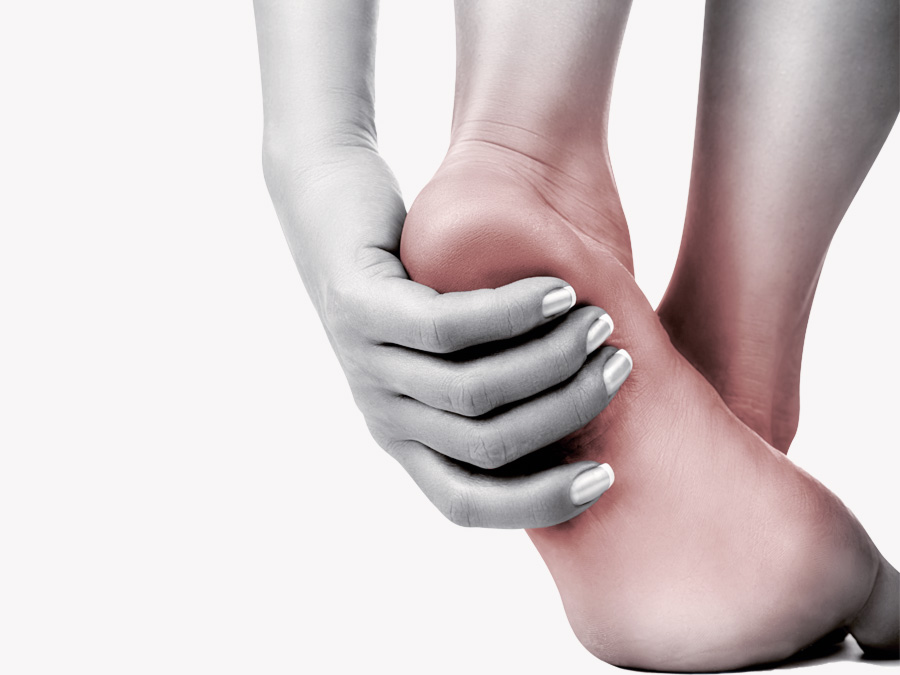What is ENFD (Epidermal Nerve Fiber Density) testing?
The Epidermal Nerve Fiber Density (ENFD) test is a highly sensitive and specific test for documenting small fiber peripheral neuropathy by quantifying and evaluating the integrity of the terminal branches of peripheral nerves within the epidermis.
A diminished number of small nerve fibers are indicative of established diseases; the lower the count, the more severe the disease state.
What is ENFD (Epidermal Nerve Fiber Density) testing?
The Epidermal Nerve Fiber Density (ENFD) test is a highly sensitive and specific test for documenting small fiber peripheral neuropathy by quantifying and evaluating the integrity of the terminal branches of peripheral nerves within the epidermis.
A diminished number of small nerve fibers are indicative of established diseases; the lower the count, the more severe the disease state.
What is Small Fiber Peripheral Neuropathy (SFPN)?
Small fiber peripheral neuropathy (SFPN) is a progressive disease that primarily affects the terminal branches of peripheral nerves that result in disintegration of the nerve fiber cytoskeleton, and eventually complete nerve loss.
Conditions associated with Small Fiber Peripheral Neuropathy
Metabolic Disorders
- Diabetes mellitus, metabolic syndrome, hyperlipidemia
Inherited Disorders
- Fabry’s disease, Tangier’s disease, Familial Amyloid Polyneuropathy
Toxic Exposure
- Chemotherapy, Alcoholism, Solvent Exposure
Autoimmune Disorders
- Sjogren’s syndrome, vasculitis/polyarteritis nodosa
Non-inherited Amyloidosis
- Lymphoma or Plasma Cell Dyscrasias
Infectious Diseases
- HIV, Hepatitis C, Lyme Disease
SMALL and LARGE fiber neuropathy
Peripheral neuropathy affects more than 40 million people in the US, and small fiber neuropathy is often misdiagnosed or mixed with large fiber neuropathy due to the various array of symptoms.
Large Fiver Neuropathy
- Loss of joint position or muscle strength
- Disturbances in sensation
- Loss of vibration sense
Small Fiber Neuropathy
- Tingling or prickling sensation (paresthesia)
- Hypersensitivity to touch or temperature changes
- Persistent burning pain (Intensity may vary throughout the day)
- Sensation of a transient electric shock
- Numbness in the feet, legs or lower stomach
- Autonomic dysfunction
- Normal reflexes
- Normal muscle strength
- Normal nerve conduction studies
- Normal EMG results
What is the procedural technique for ENFD testing?
Skin specimens are routinely obtained using a 3 mm punch biopsy at standard sites, including the proximal arm, distal arm, proximal thigh, distal calf, and dorsum of the foot.
To ensure that punches are not damaged when being picked up, only atraumatic forceps should be used when placing in the specimen container.
The specimen should be shipped to the laboratory on the same day with the provided packaging and cool pack.
It is best to order the ENFD kit 1-2 weeks prior to the procedure date.
When the kit arrives, place it on the shelf and the cool pack in the freezer so that it is ready for the return shipping of the specimen to the lab.
The biopsy CANNOT be placed in formalin and MUST be placed in Zamboni’s fixative.
When should ENFD testing be considered?
Per most insurance coverage policies, ENFD testing is generally indicated when:
- Individual presents with symptoms of painful sensory neuropathy; AND
- There is no diagnosed history of a disorder known to predispose to painful neuropathy (e.g., diabetic neuropathy, toxic neuropathy, HIV neuropathy, celiac neuropathy, inherited neuropathy); AND
- Physical examination shows no evidence of findings consistent with large-fiber neuropathy, such as reduced or absent muscle-stretch reflexes or reduced proprioception and vibration sensation; AND
- Electromyography and nerve-conduction studies are normal and show no evidence of large-fiber neuropathy




